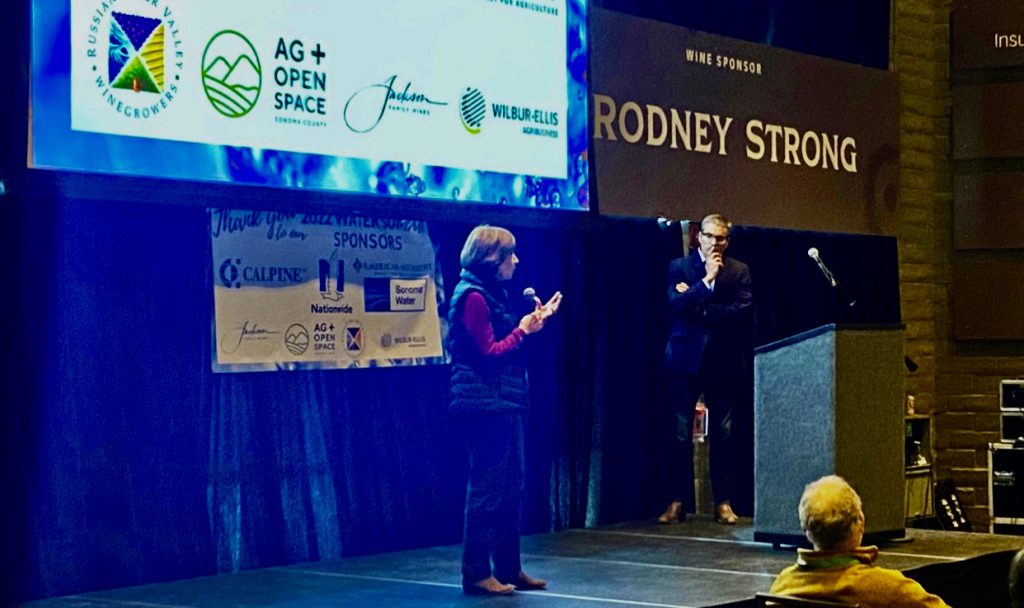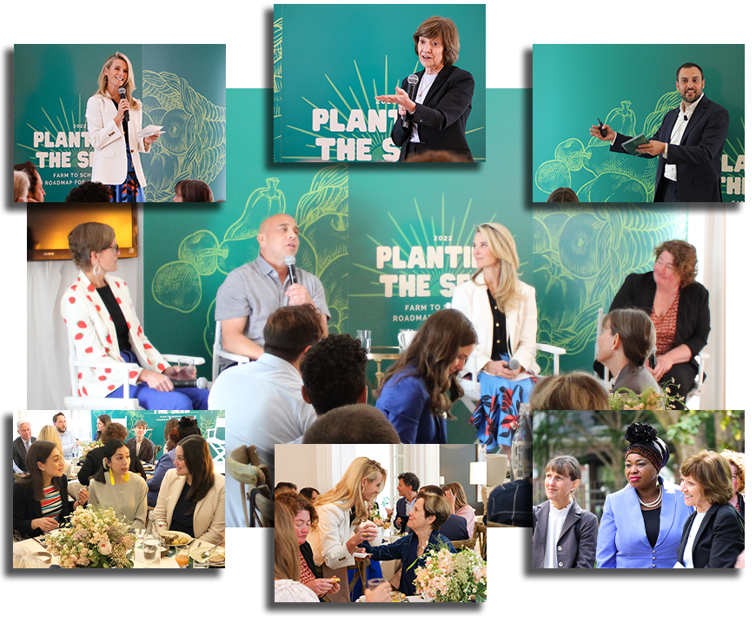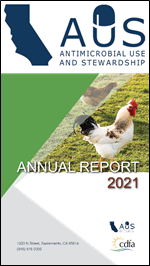Agricultural producers and handlers who are certified organic, along with producers and handlers who are transitioning to organic production, can now apply for the U.S. Department of Agriculture’s (USDA) Organic and Transitional Education Certification Program (OTECP) and Organic Certification Cost Share Program (OCCSP), which help producers and handlers cover the cost of organic certification, along with other related expenses. Applications for OTECP and OCCSP are both due October 31, 2022.
“By helping with organic certification costs – long identified as a barrier to certification – USDA has helped producers participate in new markets while investing in the long-term health of their operations,” said Farm Service Agency Administrator Zach Ducheneaux. “We launched the Organic and Transitional Education Certification Program to build on the support offered through the Organic Certification Cost Share Program and provide additional assistance to organic and transitioning producers weathering the continued market impacts of the COVID-19 pandemic. This year, in response to stakeholder feedback, we have aligned the signup dates for these two organic programs and encourage producers to work with the local USDA Service Centers and State agencies to complete the applications. The FSA, and the USDA broadly, are committed to making sure our Nation’s organic producers and handlers have the tools they need to continue positively shaping our local and regional food systems.”
How to Apply
To apply, producers and handlers should contact the Farm Service Agency (FSA) at their local USDA Service Center. As part of completing the OCCSP applications, producers and handlers will need to provide documentation of their organic certification and eligible expenses. Organic producers and handlers may also apply for OCCSP through participating State agencies.
Additional details can be found on the OTECP and OCCSP webpages.






